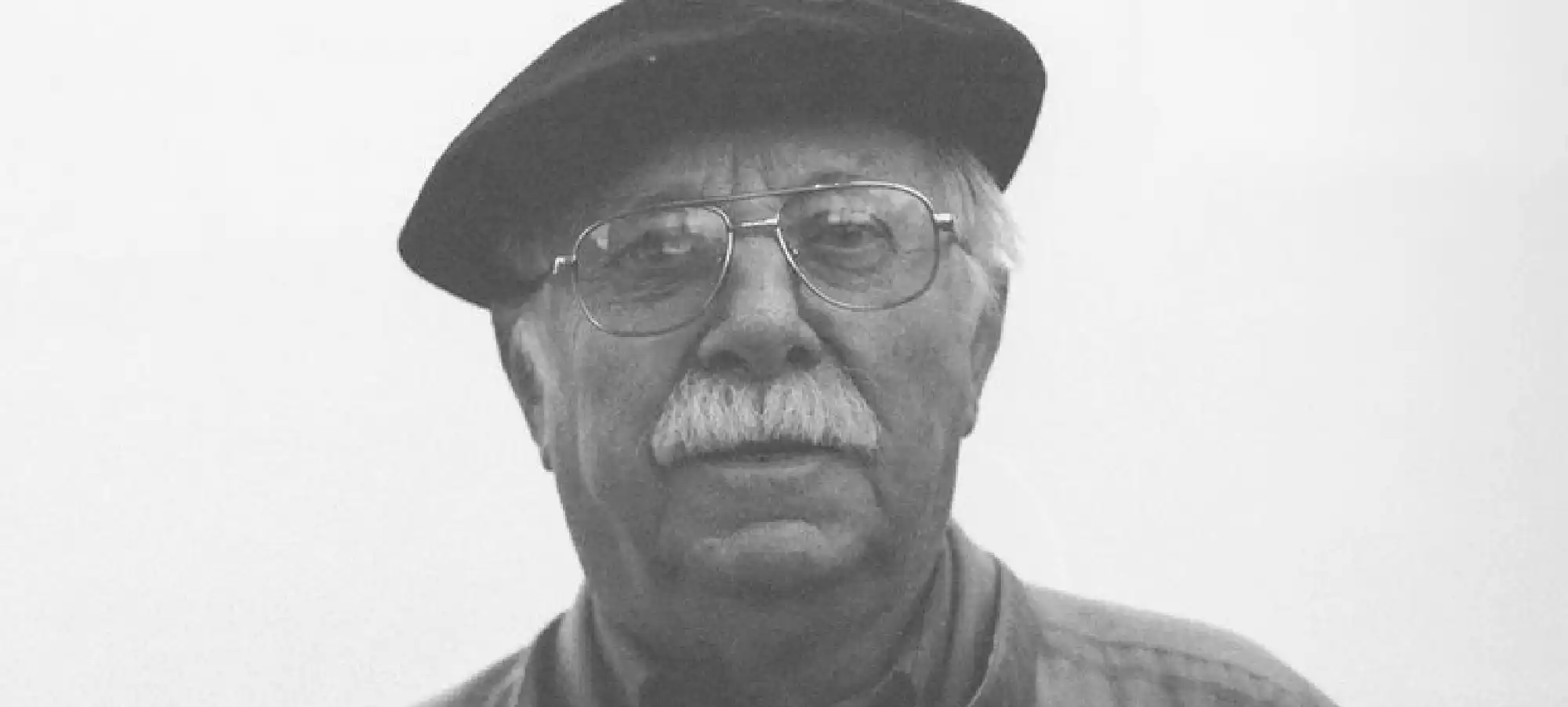Karol Śliwka
Deepak Singh Ola
06-09-2025

Karol Śliwka (October 16, 1932 - September 10, 2018) was a Polish graphic designer whose work shaped the visual language of modern Poland. Born in Harbutowice, a village in the Silesian Foothills of southern Poland, he overcame hardship and personal challenges to become one of the country’s most celebrated designers. Over the course of his career he created more than 400 graphic symbols, many of which became timeless icons of Polish visual culture. His work was admired for its clarity, simplicity, and ability to communicate ideas with universal appeal.
Śliwka’s childhood was marked by both tragedy and resilience. At the age of thirteen he was injured while disarming mines in the field, losing the sight in one eye. Despite this setback and his father’s belief that he should remain on the family farm, Karol was determined to pursue art. In 1946 he enrolled in the Evening School of Painting, Sculpture and Graphics in Bielsko-Biała, beginning a lifelong dedication to creative work. By 1953 he had graduated from the State Secondary School of Art Techniques, and six years later he completed his studies at the Academy of Fine Arts in Warsaw, where he trained in painting and graphics. His education was not easy; he recalled traveling to Warsaw on a fake train ticket because he could not afford the fare, surviving on cheap meals of rhubarb soup and simple macarons, and earning money by designing book covers. It was during his studies that he entered a national competition for a graphic symbol, which first introduced him to the discipline that would define his career.
After graduating in 1959, Śliwka began working professionally in applied graphics. He joined the Association of Polish Artists and Designers and the Society of Authors ZAiKS, building a reputation as a skilled and reliable designer. His big breakthrough came in 1969 when he received the Award of the Minister of Culture and Art for his contributions to the first Polish Exhibition of Graphic Marks. From that point forward he was regarded as one of the leading figures in Polish design. His career spanned packaging, book design, posters, postage stamps, and especially logos, many of which became long-lasting symbols for institutions, organizations, and companies in Poland. Among his most famous works is the logo for PKO Bank Polski, created in 1969, which cleverly arranged the letters “PKO” into the form of a piggy bank. He also designed the logos for the National Library of Poland, Wydawnictwa Szkolne i Pedagogiczne (a major educational publisher), and the Kobra shoe company, all of which became instantly recognizable to generations of Poles. His work extended beyond logos into iconic packaging designs, such as the minimalist branding for Wars men’s toiletries and the popular Giewont cigarette packs. He was also celebrated for posters, including his designs for the Chopin Piano Competition and socially conscious works such as “Protect Your Hands.”
Śliwka’s achievements were recognized with numerous awards over the years. He received the First Degree Prize of the Prime Minister, the Golden Olympic Laurel in the field of art, and a gold medal at the Polish Poster Biennale in Katowice. He also won a silver medal for a series of Olympic posters, a “Golden Chestnut” award for packaging design, and an award from the United Nations for his postage stamp designs. His state honors included the Knight’s Cross of the Order of Polonia Restituta, the Golden Cross of Merit, and the Gold Medal for Merit to Culture “Gloria Artis.” He was also awarded the Golden Badge “For Merits for Warsaw” and the badge of “Meritorious Cultural Activist.” These distinctions reflected both his artistic excellence and his service to Polish culture.
Śliwka died on September 10, 2018, in Cieszyn, southern Poland, leaving behind a body of work that continues to inspire designers in Poland and abroad. His career is remembered not only for the hundreds of symbols he designed but also for his perseverance, modesty, and dedication to his craft. Karol Śliwka stands as a symbol himself, representing the strength of Polish graphic design and its ability to bridge art and everyday life.